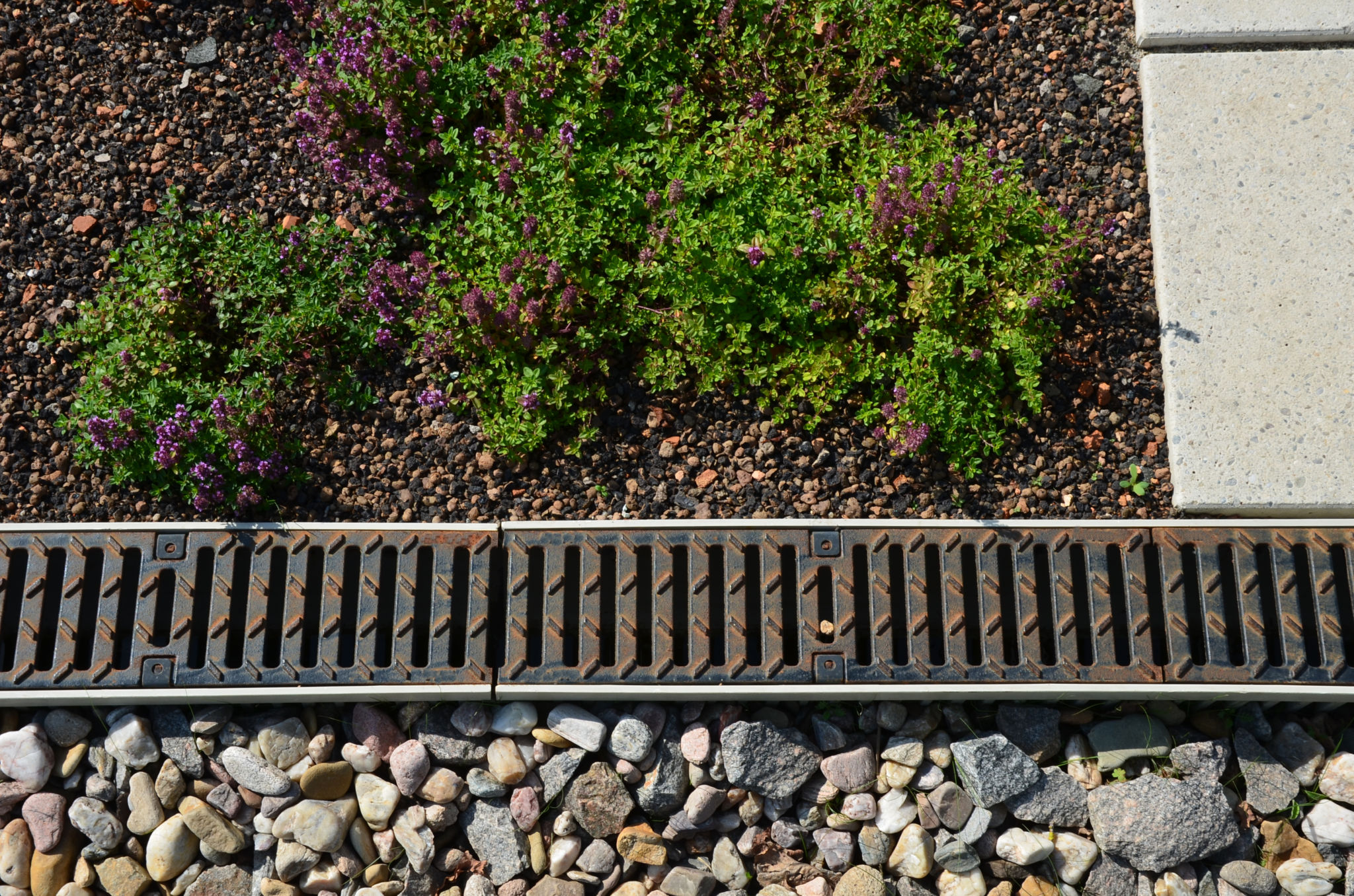How to Maintain a Healthy Lawn in Humid Climates: Expert Tips and Tricks
Understanding the Challenges of Humid Climates
Maintaining a healthy lawn in humid climates can be particularly challenging due to the increased risk of diseases and pests. The high moisture levels create an ideal environment for fungi and insects, which can wreak havoc on your grass if not properly managed. However, with the right strategies, you can keep your lawn lush and vibrant despite these challenges.
One key aspect to consider is choosing the right type of grass. Some grass species are better suited for humid environments and can resist the common problems associated with moisture. Bermudagrass and Zoysiagrass are excellent choices as they thrive in warm, moist conditions and are more resistant to disease.

Watering Wisely
In humid climates, it's crucial to water your lawn wisely to avoid over-saturating the soil. Overwatering is a common mistake that can lead to fungal growth and root rot. Aim to water your lawn early in the morning, allowing the grass to dry out during the day.
Using a rain gauge or moisture meter can help you determine when your lawn needs watering. A general rule of thumb is to provide about 1 inch of water per week, including rainfall. This practice ensures that the roots receive enough moisture without promoting excessive fungal growth.
Improving Drainage
Poor drainage is another issue that can arise in humid climates. Ensuring proper drainage will help prevent water from pooling on your lawn, which can lead to disease and pest problems. Consider aerating your lawn regularly to improve soil structure and facilitate better water movement.

Mowing Techniques for Humidity
Mowing is a critical part of lawn care in any climate, but in humid regions, certain techniques can make a significant difference. Keep your mower blades sharp to ensure clean cuts, as dull blades can tear the grass and make it more susceptible to disease.
It's also important to adjust your mowing height according to the grass type. Generally, keeping the grass slightly taller can help shade the soil and reduce evaporation, maintaining moisture levels more effectively.
Fertilization and Pest Control
Fertilizing your lawn appropriately is vital to maintaining its health in humid climates. Use a balanced fertilizer and apply it according to the specific needs of your grass type. This will promote strong root growth and enhance the lawn's resistance to disease.
Regular pest control is also crucial in humid areas, where insects like chinch bugs and grubs thrive. Implementing an integrated pest management plan can help you keep these pests in check without harming beneficial insects or the environment.

Dealing with Lawn Diseases
Fungal diseases are a common threat in humid climates, so it's essential to be proactive in preventing and managing them. Regularly inspect your lawn for signs of disease, such as discolored patches or unusual growth patterns.
If you detect a problem, applying fungicides early can prevent widespread damage. However, always follow label instructions carefully and consider consulting with a lawn care professional for severe issues.
Final Tips for a Thriving Lawn
To ensure your lawn remains healthy and green throughout the year, adopt a comprehensive care routine that includes proper watering, mowing, fertilization, and pest management. Regular maintenance and attention to detail will help you overcome the challenges posed by humid climates.
By following these expert tips and tricks, you can enjoy a lush, vibrant lawn that enhances the beauty of your outdoor space despite the humidity. Remember that consistency is key, and with patience and effort, a healthy lawn is well within reach.

